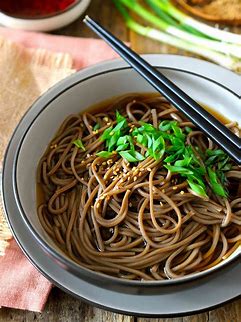ABOUT: SOBA NOODLES
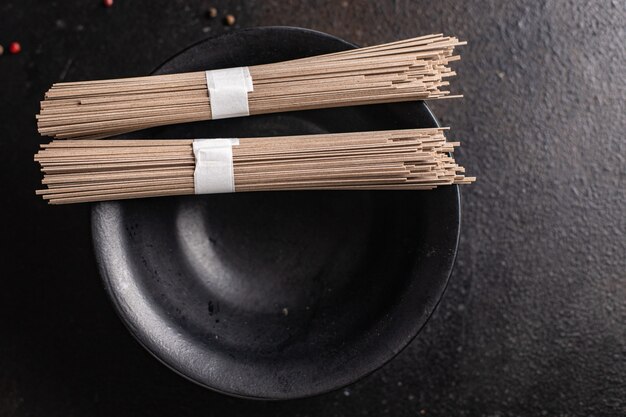
Soba noodles stand out in Japanese cuisine for several reasons. They can be enjoyed hot or cold and come in many different styles, making them a popular choice among both locals and visitors. Compared to other noodles like ramen or udon, soba is healthier, packed with nutrients, and just as delicious.Soba noodles are crafted from buckwheat flour, which comes from ground buckwheat seeds. This flour is healthier than the usual wheat flour used in many other noodles because it's naturally free from gluten, making it an ideal option for those with dietary restrictions. However, to ensure they are completely gluten-free, you should opt for noodles made solely from buckwheat, known as ju-wari soba. Due to these variations, determining if soba noodles are healthy or not requires taking a closer look at what’s in them.Soba noodles are made entirely or in part with gluten-free buckwheat flour, which is linked to improved heart health, blood sugars, inflammation and cancer prevention. They’re similar in nutrition to whole-wheat spaghetti and a good plant-based protein source.
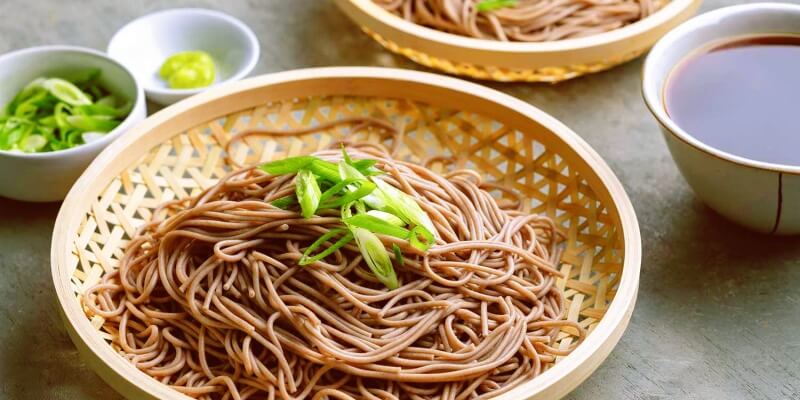
OUR PRODUCT
BENEFITS
Gluten-Free:
Although many soba noodles contain some wheat flour, you can also find 100% buckwheat soba noodles, which are gluten-free. This makes soba a great option for individuals with celiac disease or those following a gluten-free diet. Even if there is some wheat flour mixed in, the amount is typically low...
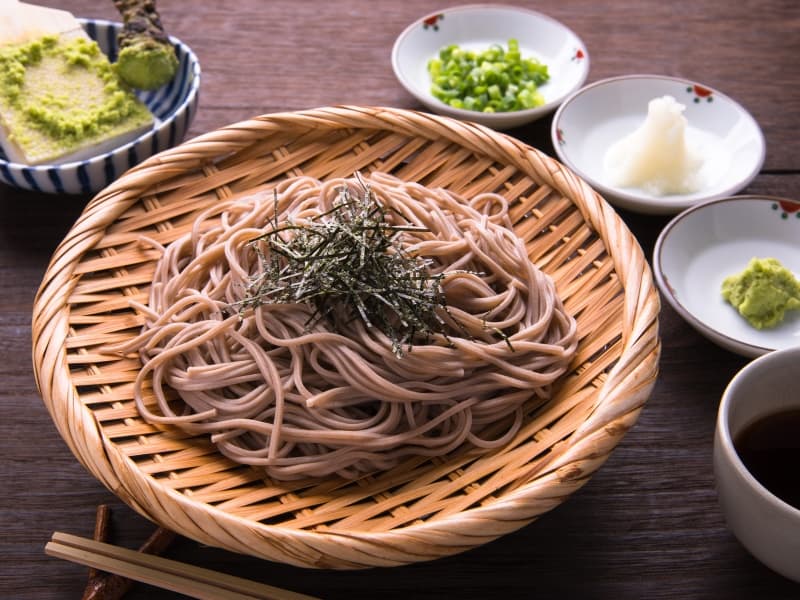
Rich in Nutrients:
Buckwheat, the main ingredient in soba noodles, is a nutrient-dense food. It provides essential vitamins and minerals like B-vitamins (especially thiamine and niacin), iron, magnesium, zinc, and copper. These nutrients help support various bodily functions such as energy production, immune health, and muscle function.
High in Fiber:
Buckwheat is an excellent source of dietary fiber, which is beneficial for digestive health. Fiber helps regulate bowel movements, reduce the risk of constipation, and maintain gut health. It can also aid in controlling blood sugar levels and cholesterol levels, supporting cardiovascular health.





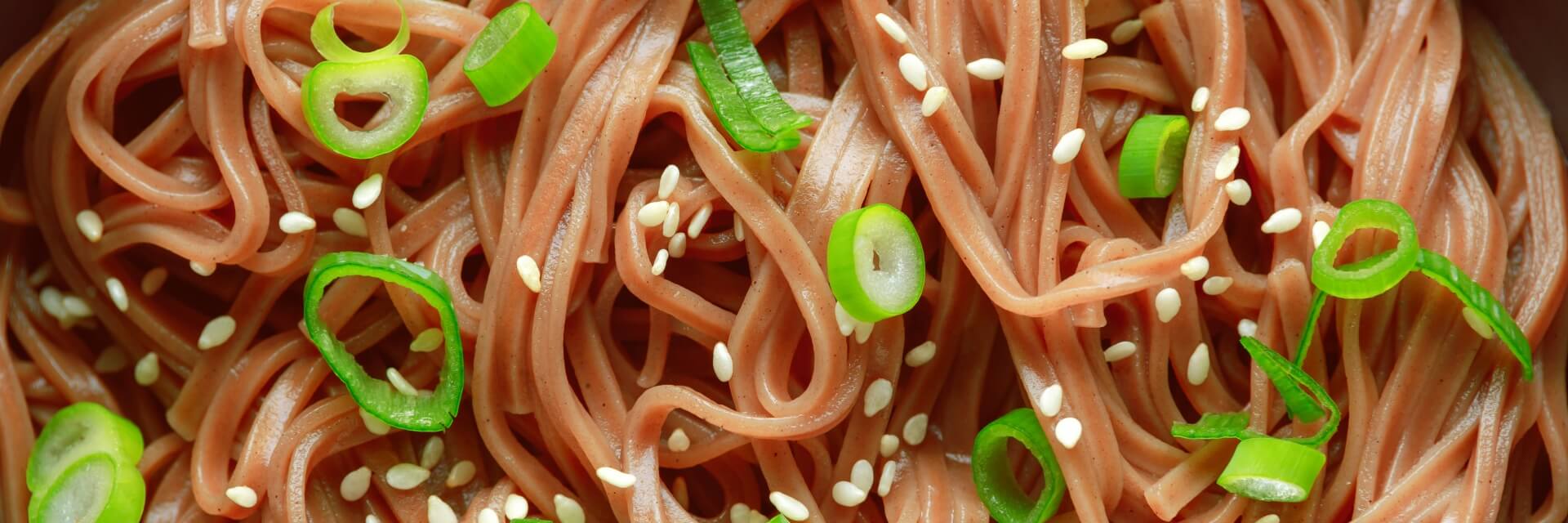
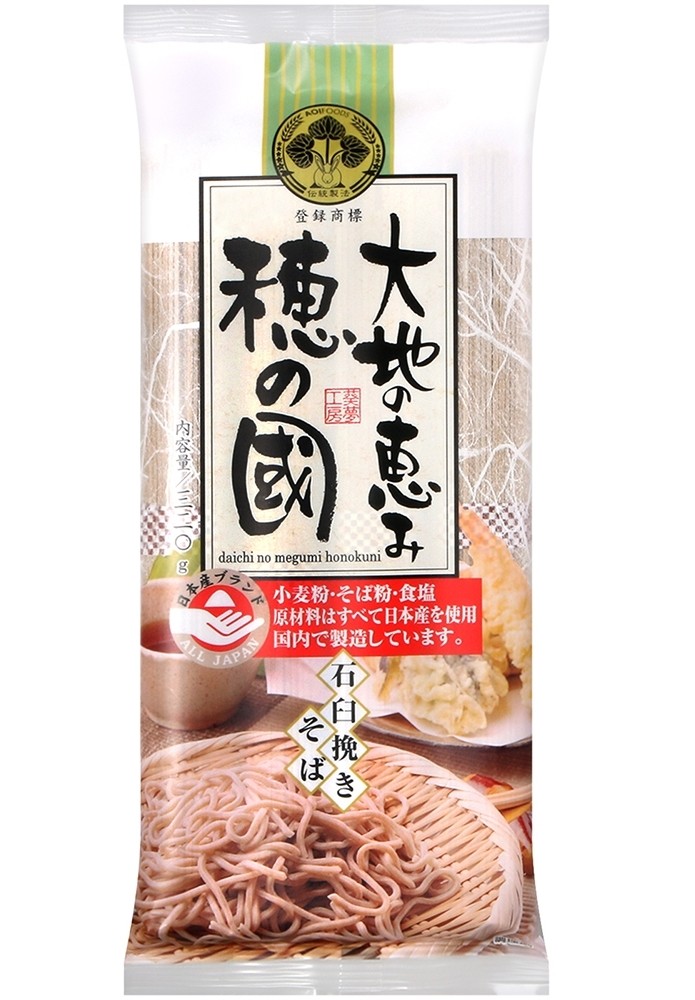
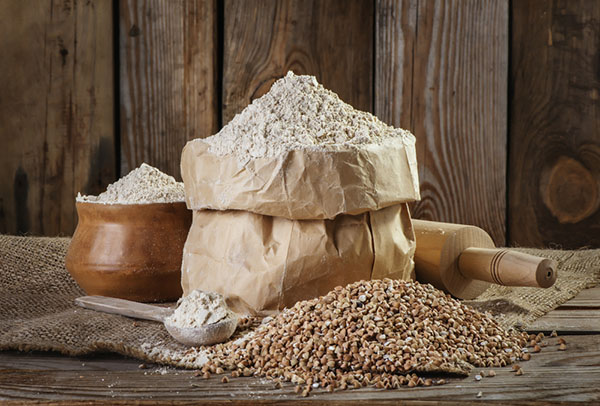
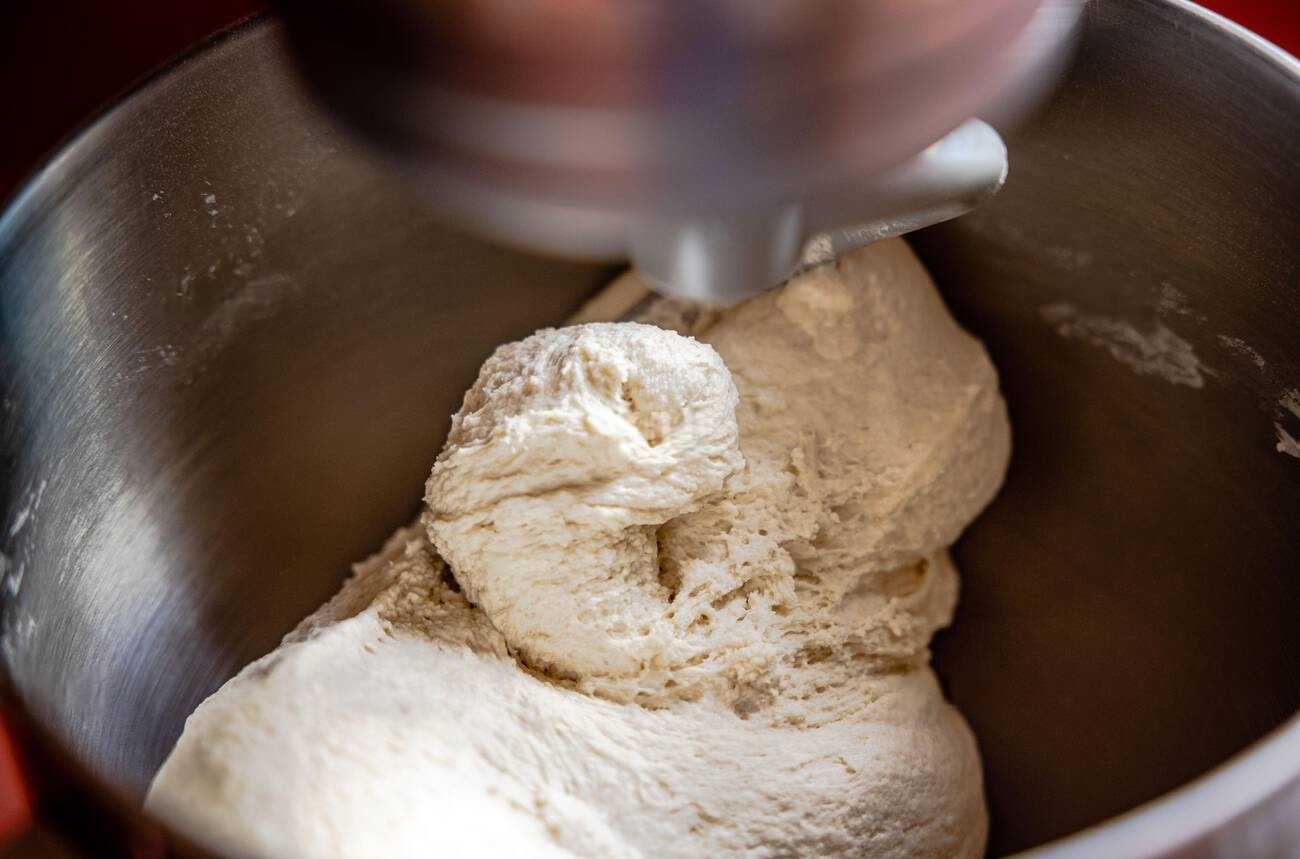
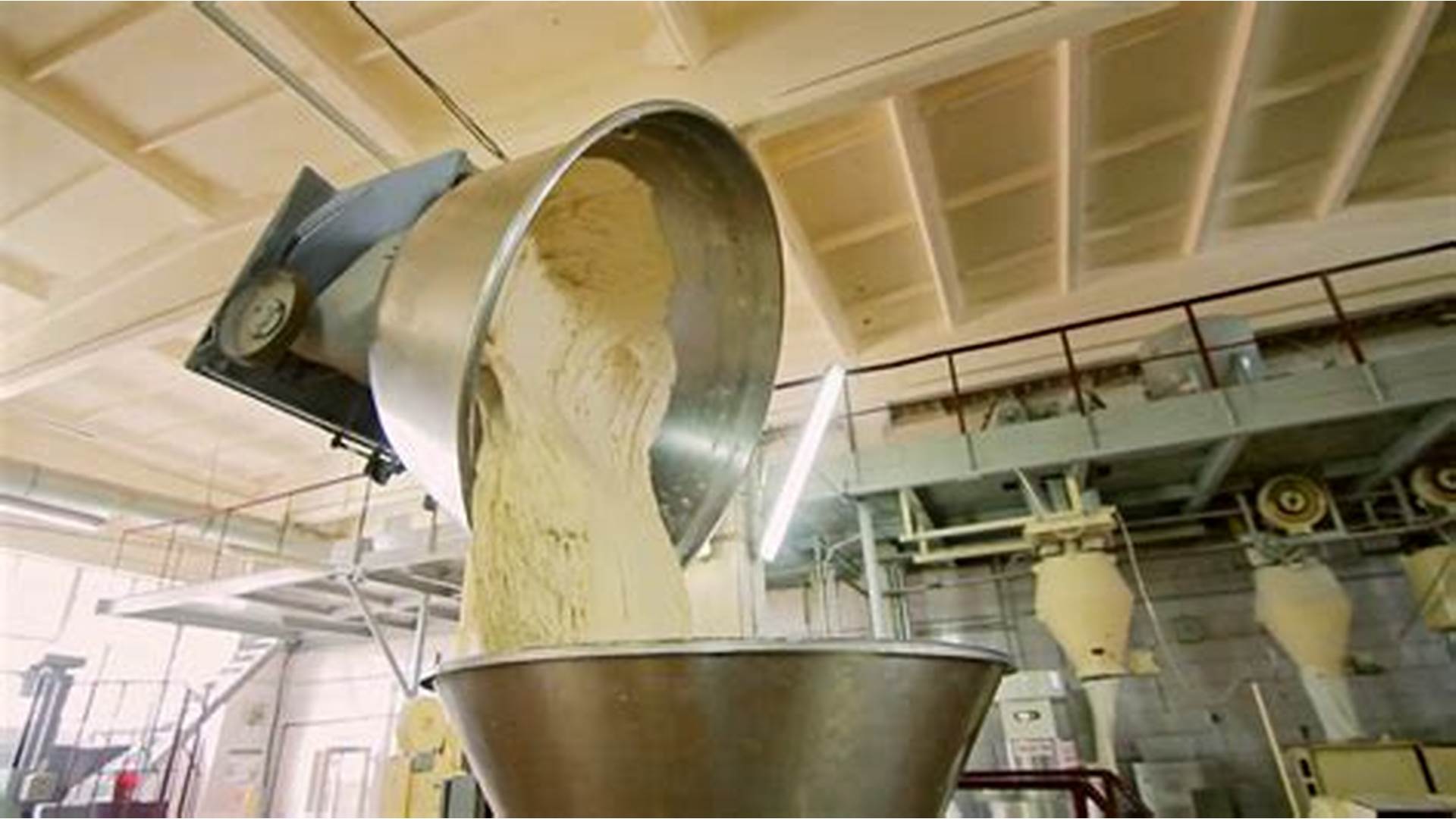
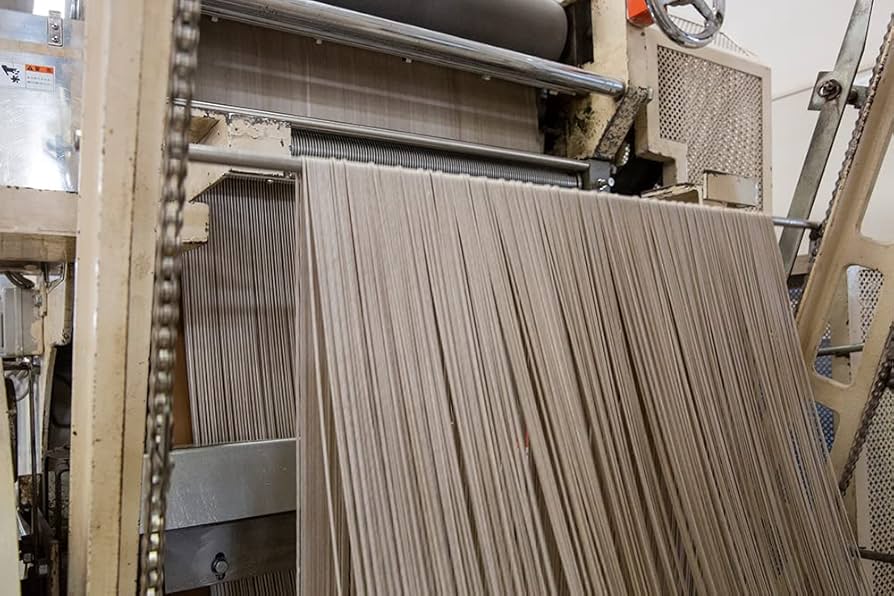
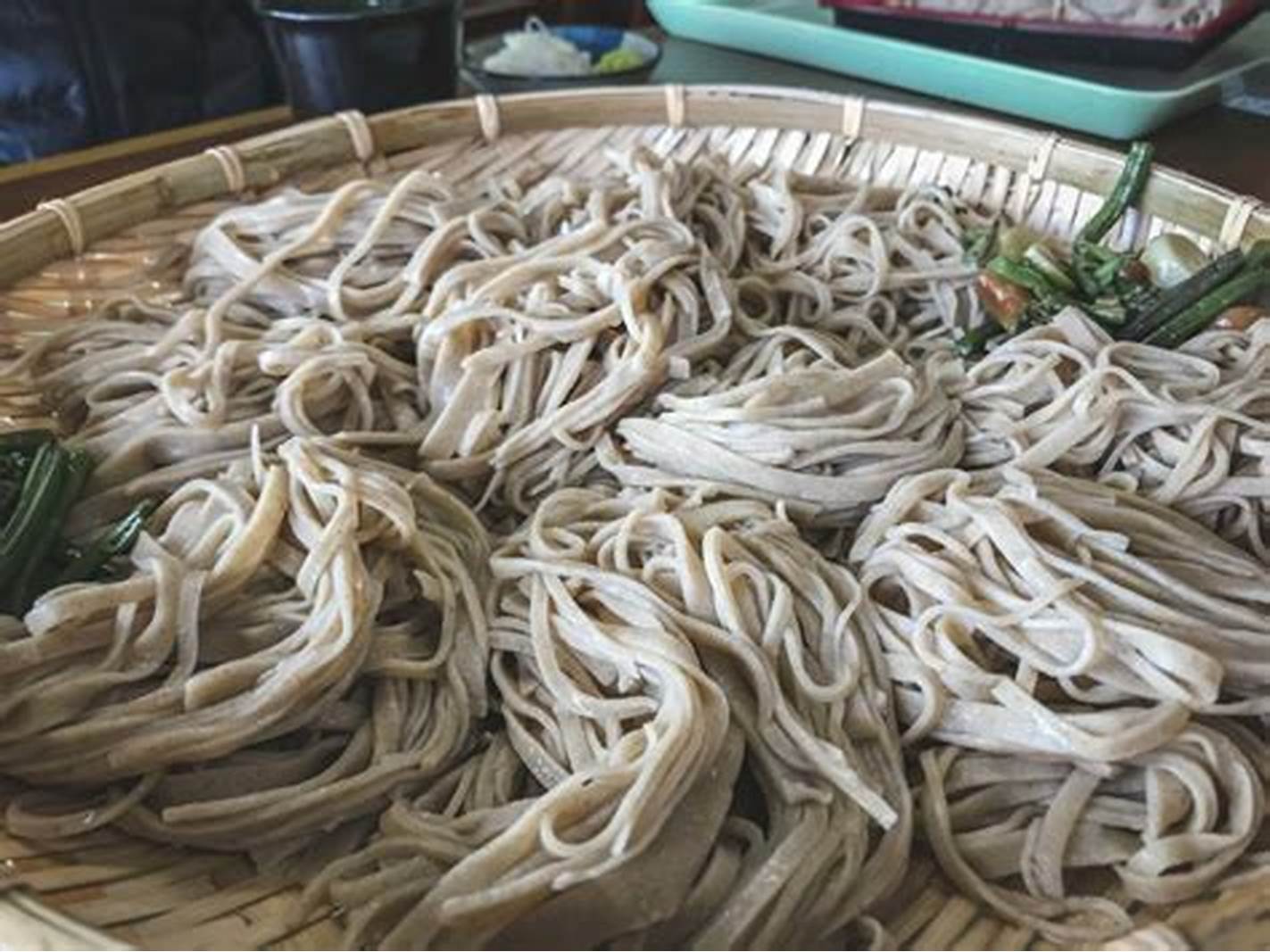
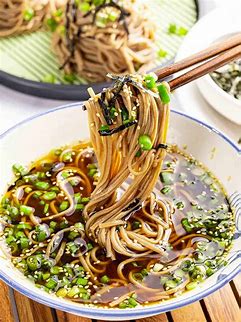
.jpg)
.jpg)
.jpg)
.jpg)
.jpg)
